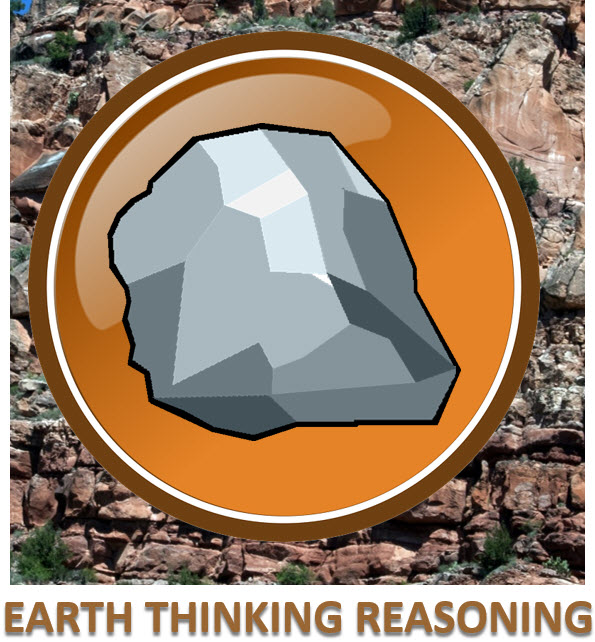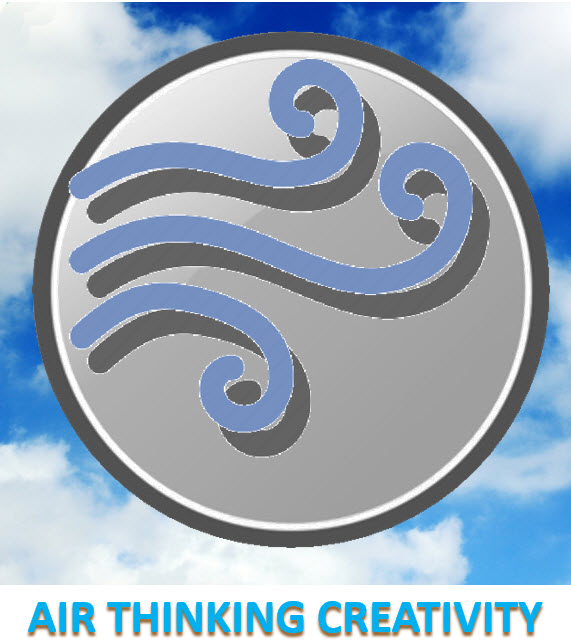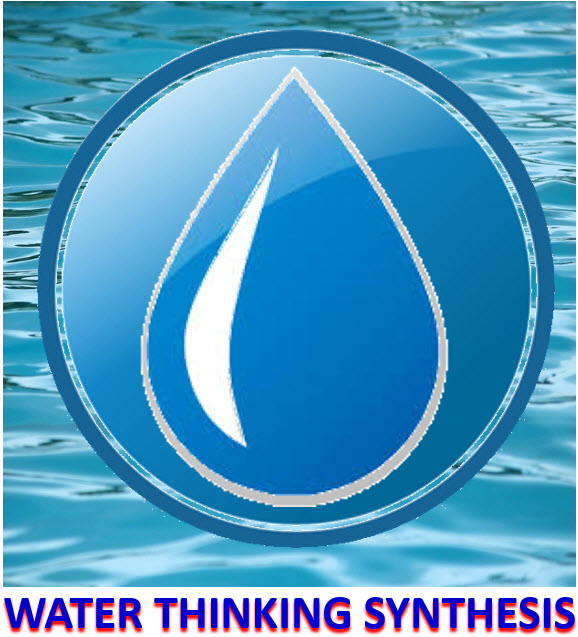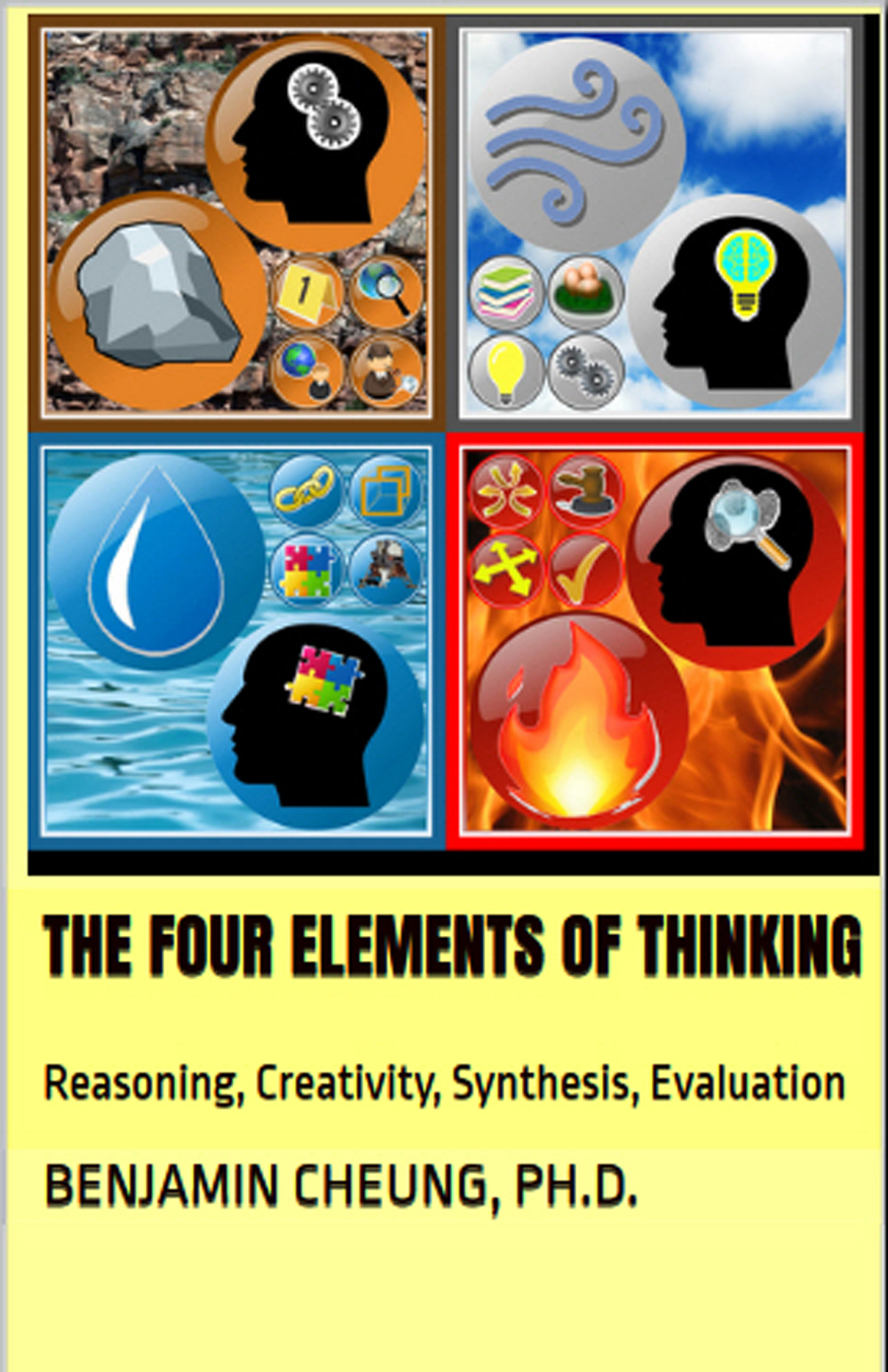FIRE THINKING


The aspect of thinking represented by the Fire Symbol is Evaluation. There are four aspects which characterize the Fire element of thinking: decision, judgment, contingency, and validity. The Fire element of thinking also goes by other names: vertical thinking, adversarial thinking, contingency planning, and judgmental thinking. These four components of the fire element of thinking play a vital role in the evaluation process.
·
JUDGMENT
The Fire element of thinking uses good judgment in the evaluation process. Judgment involves careful review and critique of a proposal or project. The available evidence in the form of experience, testimony, facts, observations, facts, beliefs, and opinions are carefully considered. The merits and flaws of a plan or solution are analyzed. Extraneous elements and redundant parts can be eliminated. The key requirements will be defined and clarified. In this way, counter proposals, constructive criticism, and revisions can be suggested.
·
DECISIONS
The mind is a decision machine. It is constantly evaluating a myriad of inputs from your surroundings (Hoenig, 2000). It is capable of absorbing hundreds of facts and juggling them to arriving at a decision. Every choice we make guides us into the future. Your destiny hinges on the choices that you make today. Living is making choices. What tasks should I perform today? What plans will I make? Where do I need to travel to? Who do I need to meet? These are just a few examples of decisions you commonly make. The mind often considers numerous alternatives when making those decisions. It quickly rejects some options and you mull over other choices. For example, you might consider trying to make friends with someone you have met. Observe how you make some of these decisions. You have already developed a process of evaluation that you might not be consciously aware of. The fire element of thinking will introduce you to techniques for decision making. Many things in the real world are not cut and dry, black and white. You must act based on the available facts, selection criteria, decision factors, tradeoffs, constraints, and requirements of a situation. You get a sense of the likelihood, or the probability that this solution will be effective. The air element of thinking will dream up creative possibilities. The fire element of thinking will help you assess the merits and flaws to each of those possibilities. Fire thinking gets you to assess, evaluate, improve, modify, refine, discard, or adopt the potential solutions. The fire element of thinking is the first step in turning potential ideas into kinetic action.
·
CONTINGENCY
The journey of life is filled with speed bumps, potholes, and pitfalls. Contingencies are a way to plan for unexpected and unforeseen circumstances that will invariably arise. Applying the techniques of Fire thinking get you to think about alternatives and fail-safes. This is done with the purpose of trying to refine a solution before eliminating it. It is often easy to kill a good idea before it has been fully hatched. The beginning is a very delicate time (Herbert, 1990). Fire thinking should be used to identify potential pitfalls with a solution, so that the solution can be refined. Contingency plans allow you to be flexible and adapt to changing circumstances. One of the goals of the Fire element of thinking is to produce contingencies by anticipating detrimental situations and developing an appropriate response. Flaws can be addressed with a contingency plan. Producing a contingency plan is a deliberate strategy which allows your ideas to thrive in adversarial conditions.
·
VALIDITY
If one wants to know the truth and validate assertions they need to go to the sources, not the commentators (Barzun, May 15, 2001). To evaluate something objectively requires one to consciously set aside many of their biases, prejudices, preconceived notions, predispositions, and engrained beliefs. One should strive to rationally evaluate a problem based only on pertinent facts, logic, situational context, and reasoning. Ascertaining validity requires you to suspend what you were taught in school, parental advice, your religious views, and previous experiences. The mind is structured in such a way that it tends to hastily judge a situation base on inadequate details. This inertia of history is a powerful force. It is not without benefit. For the sake of survival, it allows you to make rapid decisions to save your life. If you had to carefully evaluate everything you did every day as a new situation you would hardly get anything accomplished. In fact, your brain has a dedicated rapid response center, the Amygdala.
EXPLORE












